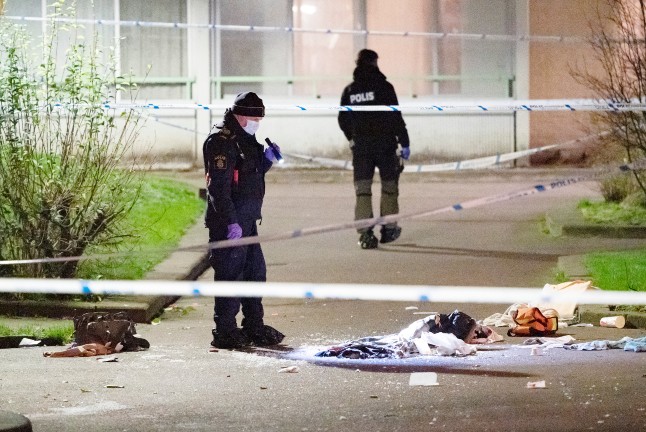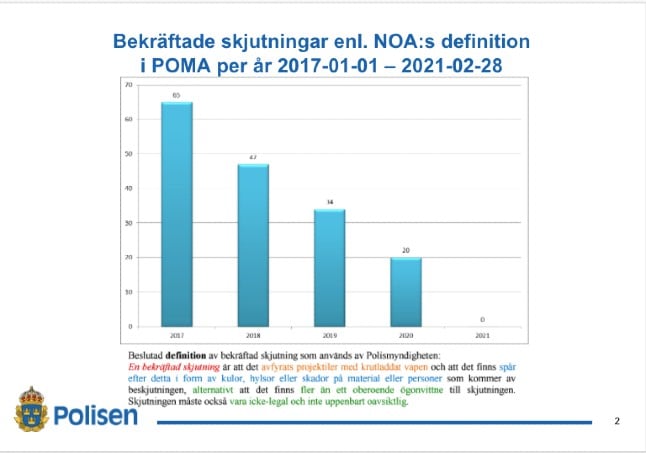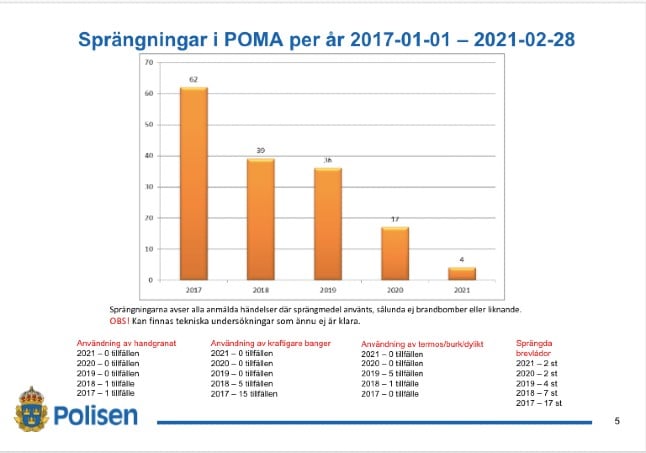Since then, the work of “Anonymouse” has gained international headlines and become a phenomenon in the city, not only attracting spectators, but also enthusiasts who have contributed their own pin-sized pieces of art to help the installation grow. Here are ten things that have been added to Malmö’s hottest restaurant (and shop) since opening a week ago…
1. Cheese. And lots of it.
If the wisdom imparted by Tom and Jerry is correct (and who would doubt them?) cheese is the food favoured by mice, and unsurprisingly plenty of that has turned up, starting with a few blocks of Swedish favourite prästost…
… and followed by a huge pallet of the stuff.
2. Patrons
With that amount of cheese on offer, it was only a matter of time before mice started flocking to the area, and it’s now looking pretty busy.
3. Drunks
With popularity also comes a few bad eggs (or rather, bad mice). This duo partied so much they were still sitting outside on the street in the morning…
4. Festive treats
Someone was kind enough to bake and deliver a batch of miniature Swedish saffron buns to the restaurant. Swedes eat buns called lussekatter or lussebullar during the festive period, and in particular on December 13th, the day saint Lucia is celebrated in the country. It was only fair that the mice had a chance to do so too.
5. Posters
Part of the brilliance of the original artwork was the small details which hinted at a world beyond, such as a few posters for mouse-related performances and films attached to the wall.
Enthusiasts have taken that idea and developed it, with the previously small collection of posters now crammed with additions.
6. A cat
With so many mice in one place, this was inevitable.
7. Public transport
Everyday mice being denied easy access to their favourite spot would have caused outrage in Sweden. Thankfully the location has now been connected to Malmö’s public transport network for mice.
This tiny bus sign shows that the number 146 bus can be caught from outside “Il Topolino” – a clever detail, as the 146's route really does go down Bergsgatan, the street where the mini restaurant is located.
8. A mousetrap
There’s always one…
9. A Christmas present
The owners of “Noix de vie” deserve something in recognition of all the attention and happiness they’ve brought to Malmö, and someone has obliged by delivering a Christmas present to them.
10. Queues
As all the contributions and Instagram pictures suggest, the biggest thing that the installation has gained is attention. So much so that there are now even queues just to see it. Malmö's hottest restaurant indeed.






 Please whitelist us to continue reading.
Please whitelist us to continue reading.